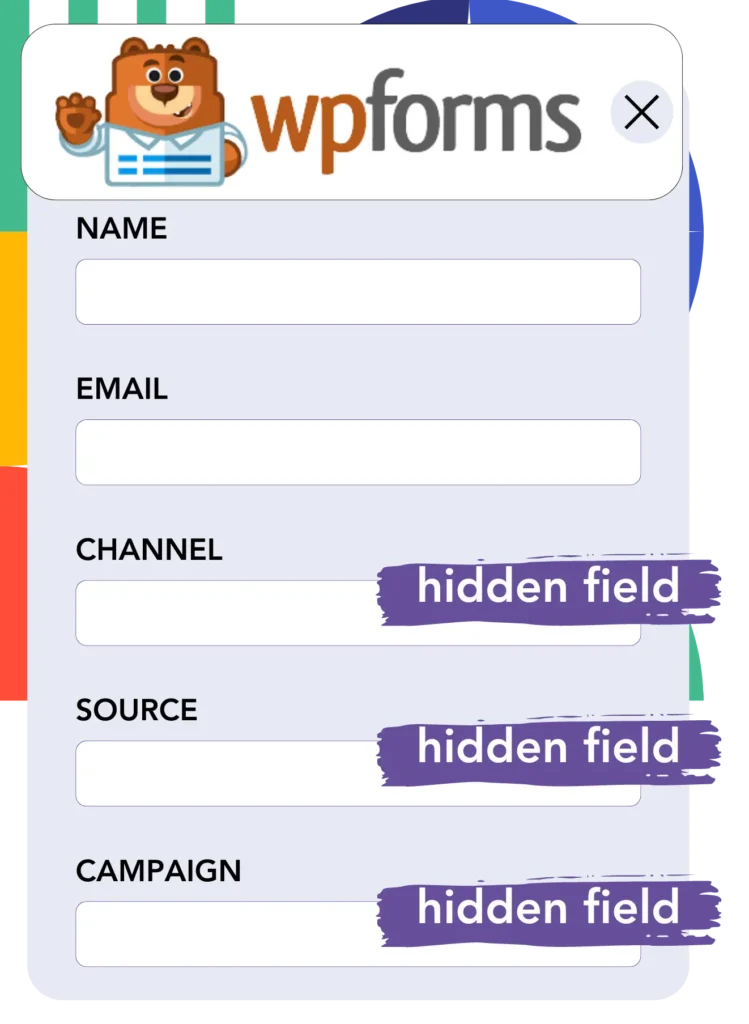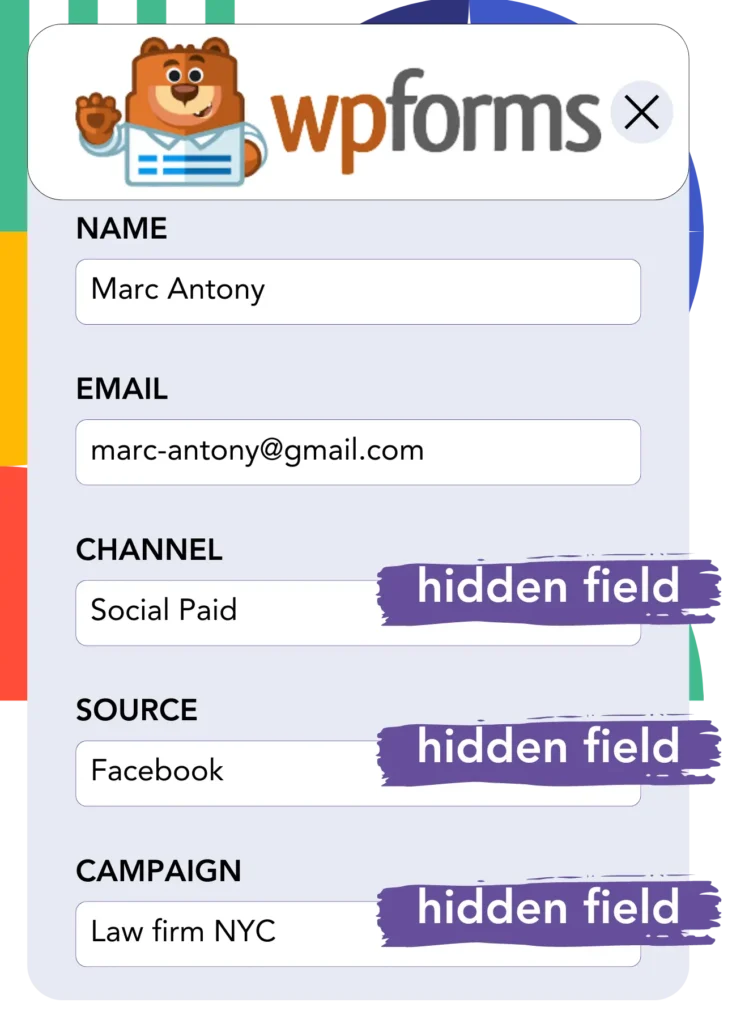Are you skeptical which Facebook ads are driving your leads, sales, and revenue?
You likely know the total number of leads generated by each Facebook ad, but you may not know the specific source of each individual lead.
Not knowing which ads are driving conversions hinders your ability to optimize your campaigns for better results.
Leadsources solves this challenge.
Leadsources provides insights into each individual ad’s performance (campaign, Ad Set, audience, ad).
WPForms enables you to organize thorough data from Facebook ads, such as campaign, Ad Set, audience, and ad information for each lead.
Reports like “Lead-generating audiences” allow you to evaluate which audiences should be promoted or discontinued.
Let’s review this closely!
Capture Facebook ads in WPForms
Step 1: Add Leadsources in the head tag of your website

Sign up to Leadsources.io, and benefit from our 14-day free trial.
Insert the tracking code from Leadsources into the head section of your site.
Simply follow this easy step-by-step guide.
Step 2: Add the UTM parameters to your Facebook ads campaigns

Place the UTM parameters into all sections of your Facebook ads (campaign, ad set, audience, ad).
Example: Use these UTM parameters in your Facebook ad URLs:
- UTM_source
- UTM_campaign
- UTM_term
- UTM_content
Note that Leadsources collects lead source data, including channel, landing page, and landing page subfolder, even when UTM parameters are not implemented, to give a complete view of each lead.
Step 3: Add the hidden fields in WPForms

Leadsources automatically populates the hidden fields in your WPForms with Facebook ads information, including campaign, ad set, audience, and ad, once submitted.
Our detailed guide will show you how to add hidden fields in WPForms to complete your setup.
The data from Facebook ads is directly entered into your WPForms by Leadsources (refer to Step 4).
Step 4: Capture the Facebook ads data in WPForms

When a visitor clicks on your Facebook ad and lands on your website, Leadsources records data such as campaign, ad set, audience, and ad.
Leadsources automatically updates the hidden fields of your WPForms with Facebook ads data.
After form submission, the Facebook ads data and responses are delivered to the WPForms submissions page for each generated lead.
How does Leadsources work?
The Leadsources tracking code, when placed in the head tag of your site, captures Facebook ads data like campaign, ad set, audience, and ad whenever a visitor arrives on your site.
The hidden fields of your WPForms are used to store the Facebook ads data.
Leadsources captures the following data about visitors:
- Channel
- Source
- Campaign
- Content
- Term
- Landing page
- Landing page subfolder
This feature allows you to follow key lead source information even without UTM parameters, such as traffic from organic sources like:
- Google Search
- Instagram bio link
- Social media posts
- Etc.
Most tools need UTM parameters to capture lead information, but Leadsources works well even without them.
As a result, you get comprehensive lead tracking from all channels with Leadsources, unlike with other tools:
- Organic Search
- Paid Search
- Organic Social
- Paid Social
- Referral
- Affiliate
- Display Advertising
- Direct Traffic
This makes it easier to track and unify all lead source data into one central spot.
Pro tip:
Track Facebook Ads data in all the popular online form builders, including Cognito Forms, Gravity Forms, Jotform, Typeform, and more. For all other form builders, refer to our guide on How to track Facebook Ads data in your online form.
How to run performance reports
Now that WPForms holds your Facebook ads data, you can prepare performance reports including:
- Leads per campaign
- Leads per Ad set
- Leads per audience
- Leads per ad
- Etc.
Using this information helps you optimize your decisions about your Facebook ads budget.
We’ll go over the various reports you can generate.
Lead performance reports
Reports can show the amount of leads generated by:
- Channel
- Campaign
- Ad set
- Audience
- Ad
- Landing page
- Landing page subfolder
Example #1
Export information from various channels, including SEO, PPC, and email, to prepare a report called “Leads by Channel.”

Example #2
By identifying the top-performing channel, like Facebook ads, you can examine it to view the number of leads from each campaign.

Example #3
After discovering the campaign with the most leads, you can find out which audience, ad set, or ad is generating them.

Sales performance report
Determining which ads and audiences generate the most leads is beneficial, but do they contribute to increased revenue?
Importing your WPForms data into a CRM, such as GoHighLevel, enables the creation of detailed sales reports.
Example:
| Channels | Search Paid | Social Paid |
| Leads | 50 | 75 |
| Sales | 5 | 6 |
| Average order value | $150 | $100 |
| Revenue | $750 | $600 |
The results of analyzing ads on Google and Facebook demonstrated that Social Paid ads led to more leads compared to Search Paid ads.
The analysis showed that Search Paid generated more revenue with fewer leads compared to Social Paid, leading to a decision to increase the Search Paid budget.
LeadSources tracks the source of each lead in WPForms, whether they come from ads, organic search, social, email, etc. and syncs that data with each submission. See the full breakdown on the lead source in WPForms page.

